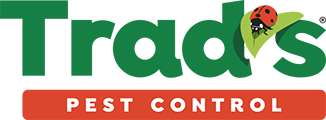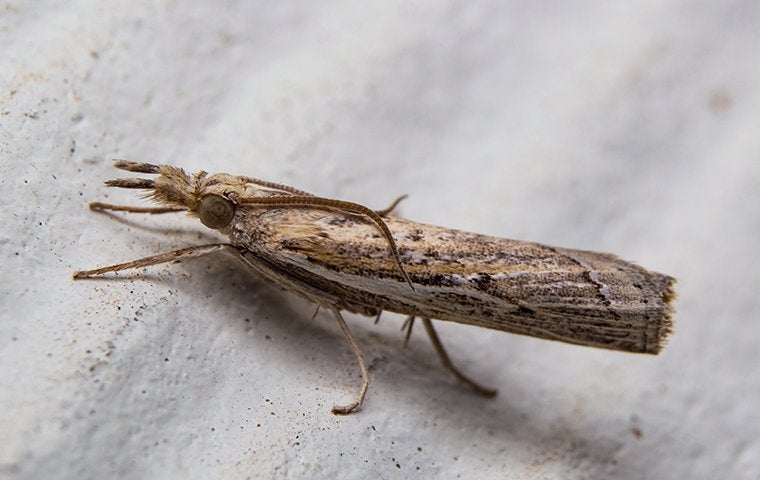Sod webworms are invasive lawn caterpillars that can cause significant damage to your turf grass. You may spot groups of pale-brown moths on warm evenings flying over your lawn grass. The larvae of this webworm moth feed on turf grass, chewing off the blades just above the crown.
The injured blades coalesce into big, brown patches before drying out as the infestation grows. You can easily mistake the brown turf with pet urine damage or drought stress. Pest control in Jacksonville can help you target and eliminate the tiny pests before they damage your lawn.
Sod Webworms In Home Lawns
The sod webworm, sometimes identified as the fall webworm moth caterpillar, is a lawn pest that invades your lawn between May to July and later during fall. At dusk, the adult moths fly over the grass, laying eggs on the thatch and blade surfaces. The eggs hatch within 7-10 days, releasing larvae that begin feeding on the grass.
The larvae are tiny caterpillars, about 3/4-inch long when fully grown. The caterpillars are light-green to brown, with parallel spots lined across the body. Adult moths are tan with snout-like projections.
Typically, the sod webworm larvae feed at night on foliage and can be observed crawling to the thatch layer during the day, where they spin silken webs in which they hide. Contact a residential pest control expert immediately if you notice the adult moths dashing over your lawn.
Sod Webworms: Infestation Symptoms
Saving your lawn may involve quick identification and treatment of the invasive pests. Some of the common symptoms of a sod webworm infestations are:
- Presence of the fall webworm moth: Take note of the sod webworm moth zig-zag flights over your turf in the evening.
- Patches of brown grass: The larvae leave blunt notches of grass that dry out, forming brown patches.
- Caterpillar frass: You can note fresh, green fecal pellets on the blade surface and thatch.
You can confirm the infestation with a soap flush. Pour soapy water over a square foot of lawn patch and wait for about 10 minutes. The sod webworm larvae will come out of hiding from the soil below. Call a residential pest control expert to help you eliminate the bugs from your home.
How To Prevent Sod Webworms
The best way to protect your lawn is to prevent the sod webworms from invading your turf grass. Here are a few tips that you can use to keep the invasive pest out of your property.
- Dethatch your lawn
Sod webworms spin tent-like webs on thick thatch, serving as excellent hide spots during the day. Raking your lawn regularly can expose the larvae to natural predators, thus controlling the population.
- Properly maintain your turf
Keeping your lawn healthy through routine watering, mowing, and fertilizer application can deter the bugs from infesting your turf. A healthy lawn can withstand plant stress caused by the sod webworm better.
- Introduce bio controllers to your lawn
You can introduce natural controllers such as beneficial nematodes that act as parasites to the adult moth and the larvae. Placing birdfeeders on your lawn can also attract more predators to feed on the sod webworm.
- Use a Jacksonville pest control expert
You ought to leave any chemical application to pest control experts. Home pest control professionals can help you with the moth larvae identification before recommending the proper treatment protocols for your lawn.
Trad’s Pest Control can help eliminate sod webworms from your lawn with effective bug treatments. Our lawn care services can keep your turfgrass healthy to resist any sod webworm infestation. Contact us today to learn more about our commercial pest control programs and lawn mowing services.

